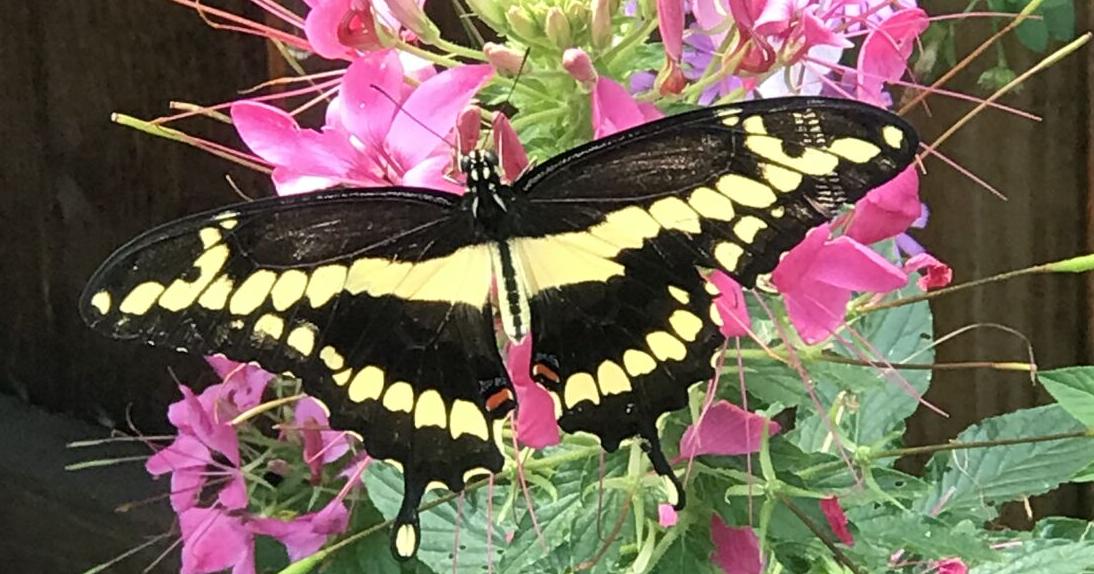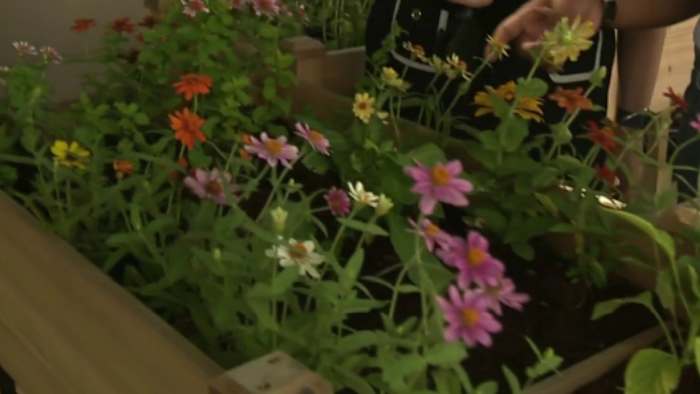Understanding the grasshopper life cycle can help explain why we are seeing high numbers of grasshoppers and why they are so difficult to manage.
Grasshopper embryos begin to develop within eggs immediately after they are deposited by adults and they must reach a certain stage of development before entering a period of dormancy in the winter, referred to as diapause. What drives the successful development of these embryos? Heat! An accumulation of heat is needed by fall for these eggs to have successful hatch rates the following spring.
For best overwintering success, grasshopper eggs need snow and vegetation, which protect and insulate the eggs deposited in the upper layer of the soil. In spring, more heat units are needed to complete development, though more are needed in the previous fall. Eggs hatch and the nymphs emerge, looking like very tiny grasshoppers. They molt several times in a process of incomplete metamorphosis before reaching their final adult size.
Temperature is again the driving factor in grasshopper feeding, and when temperatures are between 81-90 degrees, the grasshoppers will eat until they are full. Then they will walk off the meal in a behavior called âpotteringâ until they are ready to eat again. If temperatures rise above 90, they will seek out shade or âstilt,â a behavior where they straighten their legs to lift their bodies above the warm soil. When temperatures are below 68 or if there is precipitation or wind, grasshoppers will stop feeding and find shelter.
Autumn 2023 was one of the 10 hottest autumns on record in El Paso County. This was followed by a warmer, wetter winter. March, April, and May were warmer than average in Colorado with average amounts of moisture. These factors are ideal for growth and development of grasshopper eggs. In June, we experienced above average high temperatures in the range ideal for grasshopper feeding during the vulnerable early stages of growth after hatching.
What can we do to protect our gardens? For now, our grasshoppers are starting to enter their later molts where insecticides are less effective. You can use traps, including this homemade molasses trap recommended by Arizona State University Extension (https://cales.arizona.edu/cochise/mg/whats-bugging-you-grasshopper?utm_source=marketingcloud&utm_medium=email)
Remember you will need to regularly remove grasshopper carcasses. If you have backyard poultry, you could let them out for some supervised free-ranging in the garden when temperatures are cool in the morning and the grasshoppers are slower. You can cover high-value plants in your landscape with insect netting, but sometimes grasshoppers will eat through netting.
Plan now for what you are going to do in the fall to discourage overwintering success of eggs. You could till soil after your final harvest in your garden beds to expose existing eggs to the elements. Remove weedy plant matter around the landscape that will insulate the eggs through the winter. In the spring, stay on top of weeding to reduce early season forage and shelter for newly hatched nymphs and consider applying mulch to reduce the number that make it to the soil surface.
Submit gardening questions to [email protected] or call 719-520-7684. The in-person help desk is open 9 a.m.-noon and 1-4 p.m. Mondays and Wednesdays at 17 N. Spruce St. Find us on Facebook at Colorado Master Gardeners – El Paso County.
Submit gardening questions to [email protected] or call 719-520-7684. The in-person help desk is open 9 a.m.-noon and 1-4 p.m. Mondays and Wednesdays at 17 N. Spruce St. Find us on Facebook at Colorado Master Gardeners – El Paso County.









